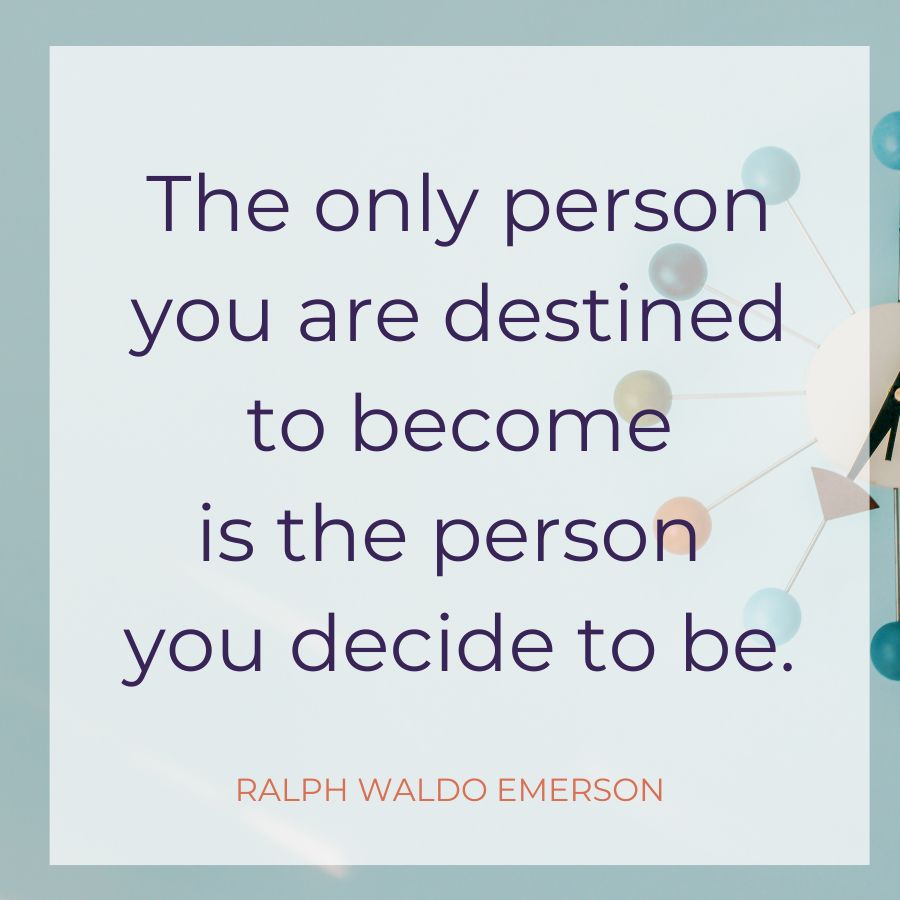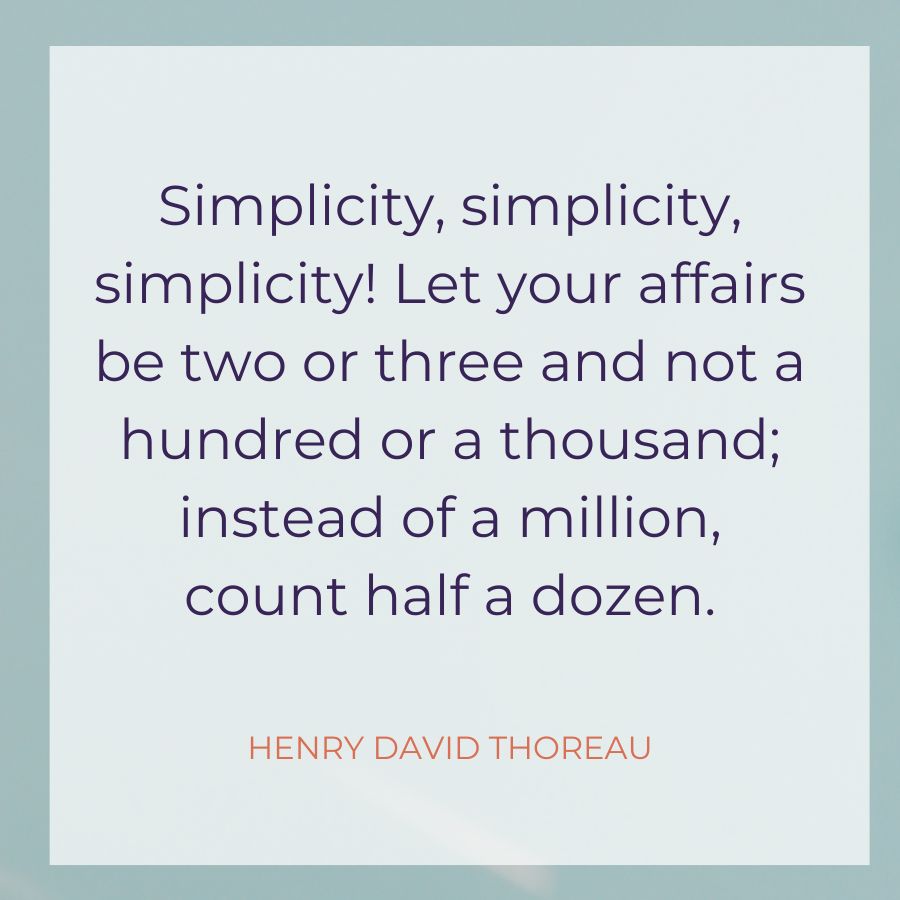Though I’ve not yet visited Finland, I want to share some lessons learned from our northernmost, stoic, and happiest of friends. Imagine for a moment that you are there: at the edge of the Arctic Circle, surrounded by dark skies contrasting white mounds of snow. Lakes and forests unfurl in the distance. Then suddenly, green striations alight in the sky. The Northern Lights shapeshift and slide above you. Standing in awe for hours, glacial winds chill your bones, but the magnitude of your wonder and oneness with the world warms you.
A sense of awe reminds you of an outlook you abandoned long ago: Time is abundant and endless possibilities await.
Are the Northern Lights why Finland has been rated the happiest country in the world? Perhaps, but that’s not the whole story.
Though free health care and education make an enormous impact, Finnish people have also become masters of the Five Essential Elements™. They frequently enjoy nature, have excellent work-life integration, and pursue new skills and passions—all of which help them feel something little known to us: time affluence.
The Finns understand that time is at the heart of organizing and perceiving life. What if you could do the same? I’m here to help guide you in making 2023 the year you learn how to optimize your time and get sh*t done.
Read on to take the next step beyond embracing discomfort towards getting more done in less time… and being happier for it.
Life satisfaction comes to those who feel the spaciousness of cultivating a positive relationship with time. I’ve noticed a trend over the 20-plus years I’ve been coaching high-performing individuals: creating a healthy relationship with time and understanding how to best use our energy in the time we have enables us to feel we are accomplishing more in less time, and…we are happier for it.
Have you ever woken up and felt behind before getting out of bed? Do you feel time, energy, and focus slipping from your grip? The following common pitfalls could be sabotaging your ability to feel clear, impactful, and energized:

You are Constantly Starved for Time
The way we measure affluence is changing. Though too few of us ‘get’ this, success is no longer defined by a fancy job title, hoards of cash, luxurious vacations or Louis Vuittons. Those who fall into the trap of believing those things make us feel successful are very disappointed. They still feel overwhelmed, far too busy and lacking time.
A recent Gallup poll found that almost 50 percent of Americans report they “don’t have enough time.” and live with a sense of scarcity and pressure. Some social scientists have begun conceptualizing this feeling as a form of poverty. It’s chronic, cyclic, and cynical, reducing well-being and keeping us from the life we deserve to live.
Money can’t buy happiness, but time can. So we see the benefits of creating more time everywhere. Most recently, in Britain’s enormously successful four-day workweek experiment.
The Cult of Complexity and Busyness
Time pressure makes us think we’re running out of time when we’re running into time. In her 1960 book You Learn By Living, Eleanor Roosevelt imparts the same lesson in different words “we all have the time there is. No one can tell you how to use your time. It’s yours.” Of course, the book was published in an era when futurists were confident Americans would see more and more leisure time as the decades unfolded. Social scientists even became concerned. How would we spend all this time? By 1980, that tune had changed. Researchers began noticing a shift: corporate America was experiencing a time famine.
Like a cult, our culture of busyness has only gained members who have become convinced that there is never enough time; that busyness is the only way to achieve. We wear our work stress as a badge—but at what cost? While working hard can be admirable, research shows that being too busy leaves us feeling fragmented, burned out, and agitated.
Embracing the Myth of Multitasking is Costing You
If energy is our most valuable currency, time is our most precious commodity. The modern mind is under constant siege due to excessive inputs dividing our attention, and, as a result, most people tend to fall for the myth of multitasking. The devil is in the details, whether we multitask concurrently or sequentially. Our brains perform countless unconscious and reflexive processes simultaneously. But, when performing two non-reflexive, not fully automated tasks, the brain doesn’t perform as efficiently as we believe it does. Instead, the brain switches between tasks rather than running parallel processes.
Whether we’re talking about concurrent or sequential multitasking, it’s costing us time, lowering our ability to learn, releasing stress hormones in the brain, decreasing the value of our social interactions, and increasing feelings of depression and anxiety. These costs dramatically increase for long-term, heavy multitaskers: “People who multitask constantly can’t filter out irrelevancy. They can’t manage a working memory. They’re chronically distracted. They initiate much larger parts of their brain that are irrelevant to the task. They’re even terrible at multitasking.”
How to Improve Your Relationship with Time
When the day is rife with tasks to complete, bills to pay, people to answer, and appointments to make, how can you stay focused and productive while giving yourself the space you need to feel healthy, impactful, and even joyful? The following approaches work because they treat time for what it is: a limited resource. Once you lean into that fact and learn to work with your time, it becomes much easier to take control back and shift from time-starved to time-abundant.
Why Doing Less Makes Us Happier
What about those motivated, successful, happy people who feel that time is abundant? Do they not sleep? Have they discovered secret time stores in the deepest layers of the earth? Not exactly. “Time affluence,” described by psychologist Cassie Mogilner Holmes as “feeling confident that you can accomplish everything you want to do,” isn’t about having an abundance of time–it’s about what you do with the time you do have.
As Tim Ferriss says, “What you don’t do determines what you can do.” The time affluent have mastered the art of Marie Kondo-ing their schedule. They don’t overestimate how much they can get done; they’re realistic about work-life integration and, in turn, reap the spoils of increased happiness, well-being, and reduced feelings of burnout.
What can you cut out to set yourself free?

Simplify with Clarity and Say No with Conviction
Gone are the days of saying yes to everything as a virtue: it’s time to know when to say no. Learning to say no with conviction and yes with clarity leaves you available for the people, causes, hobbies, and joys that matter most. But how do we know where to spend our time? A foundation of being able to do this is clarifying your values and defining your drivers. Your values are the beliefs, attitudes, and judgments that make up the basis of your decision-making and enable intentional choices. When you understand what drives your decision-making, you take a meaningful step toward a life of authenticity, impact, fulfillment—and more time.
So where can you relieve pressure to allow time to unfurl in front of you abundantly?
The Art of Bundling and Mono-Tasking
We live in a barbed and busy loop. We multitask daily toward the finish line, but it rarely arrives. Bundling and monotasking are different. Bundling combines complementary tasks with intention, while monotasking removes distractions to focus on a singular, essential or time-sensitive task. Unlike multitasking, both have been shown to increase information retention, reduces stress from overwork, improve quality and efficiency, improve your relationship with time, and even increase your sense of happiness and mindfulness.
How can you shift your mindset to master the art of shutting out distractions to focus wholly on complimentary tasks or solely on the task at hand?
It's Time to Unlock More Time
You don’t have to abandon all obligations and go to Finland to learn the art of cultivating a positive relationship with time. Instead, make 2023 the year small shifts in perception blossom into significant changes in energy, enthusiasm and time.
Help me spread the word.
Share this resource.